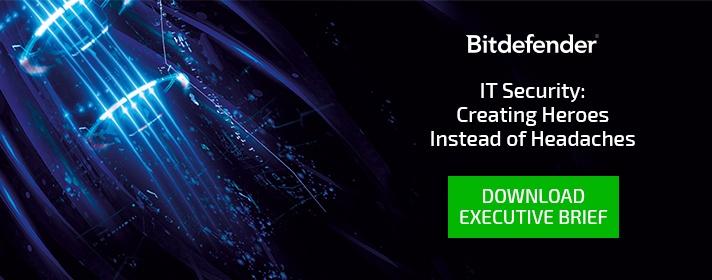The definition of corporate “endpoints” is constantly evolving, and securing those endpoints is becoming increasingly complex for enterprises. As the SANS Institute points out in its March 2016 Endpoint Security Survey, endpoints now include non-traditional computing devices or "things," and IT professionals are becoming aware of the fact that those endpoints require different thinking around security.
"As the perimeter continues to dissolve and end-user technology continues to evolve, more endpoints are being exposed to external threats," according to G. W. Ray Davidson, author of the survey and a mentor at SANS, which is the largest provider of cyber security training and certification to professionals at government organizations and commercial institutions worldwide.
Respondents to the survey reported having traditional endpoints, including desktops, laptops and servers. But non-traditional endpoints such as printers, point-of-sale (POS) devices and even wearables are now being connected to networks.
The SANS study found a direct correlation between endpoint security management and resulting breaches, starting with desktops, laptops and servers, which are still the source of most breaches. Some 44% of respondents indicated they had experienced an endpoint compromise within the past two years, and 85% of those involved desktops, 68% involved laptops and 55% affected servers.
A large majority (86%) consider desktops to be endpoints that should be managed and protected, and 79% feel the same way about servers. But only 74% of respondents report including desktops and/or servers in their security programs. Another 72% consider employer-owned mobile devices to be endpoints worth protecting, but 54% cover them in their programs.
"Enterprises of all sizes are facing a variety of new organizational and technological challenges in addressing the increased exposure," Davidson says.
To help address the security and management challenges of ever-growing numbers of endpoint devices, organizations need to adopt a centralized, or unified, endpoint management strategy. As noted in a CIO Insight executive brief sponsored by Bitdefender, organizations using legacy security systems that were designed for traditional data center environments suffer from high costs, increased risk and a competitive disadvantage.
Modern security systems that enable centralized management of endpoints can become proactive business enablers—rather than solutions that only react to issues after the event. Although upgrading IT security systems requires an investment, for many organizations the cost of not doing anything is even higher, the brief points out.
Security solutions should be “innovative enough to close the protection gap between legacy and new data center solutions,” the article states. “Such solutions remove multiple points of potential failure, including common points of failure like AV storms and boot-time security gaps.” They prevent security management, and therefore policy, from being spread across disparate consoles, and they ensure scalability and high-availability of management and protection mechanisms, it says.
Many legacy security infrastructures are cobbled together via point solutions, either due to mergers and acquisitions, preferred vendors of former staff, the article says, or due to organic growth and piecemeal adoption of different security technologies. These types of environments in many cases are not efficient in terms of data protection and management.
More up-to-date IT security platforms can deliver multiple levels of security, including the protection of physical endpoints, virtual endpoints and mobile devices. They also leverage the power of cloud computing, eliminating the challenge of hosting and maintaining the hardware for workloads as well as security management.
As the brief points out, enterprises need to look for security vendors that can help them provide security across the various types of devices, work across virtualization platforms and operating systems, and provide centralized management for all of these elements.
“This alone is a significant business enabler because it gives IT managers a single view and a single console to set policies, freeing the security team and IT [administrators] to deal with other tasks,” the article says. “The cost savings, management improvements, and advantages in policy management are realized when internal groups no longer struggle with patchwork security for endpoints.”
Unified security platforms take up fewer resources, such as time and money, around installation, training and management. As a result, more resources can go toward meeting business goals.
The management and security of endpoints will become even more challenging in the coming years, as more companies adopt an Internet of Things (IoT) strategy in which they connect countless devices, objects and sensors to the Internet.
To help maintain control of this environment and protect data resources, it makes sense to look at solutions that provide centralized and unified capabilities for keeping endpoints secure.







